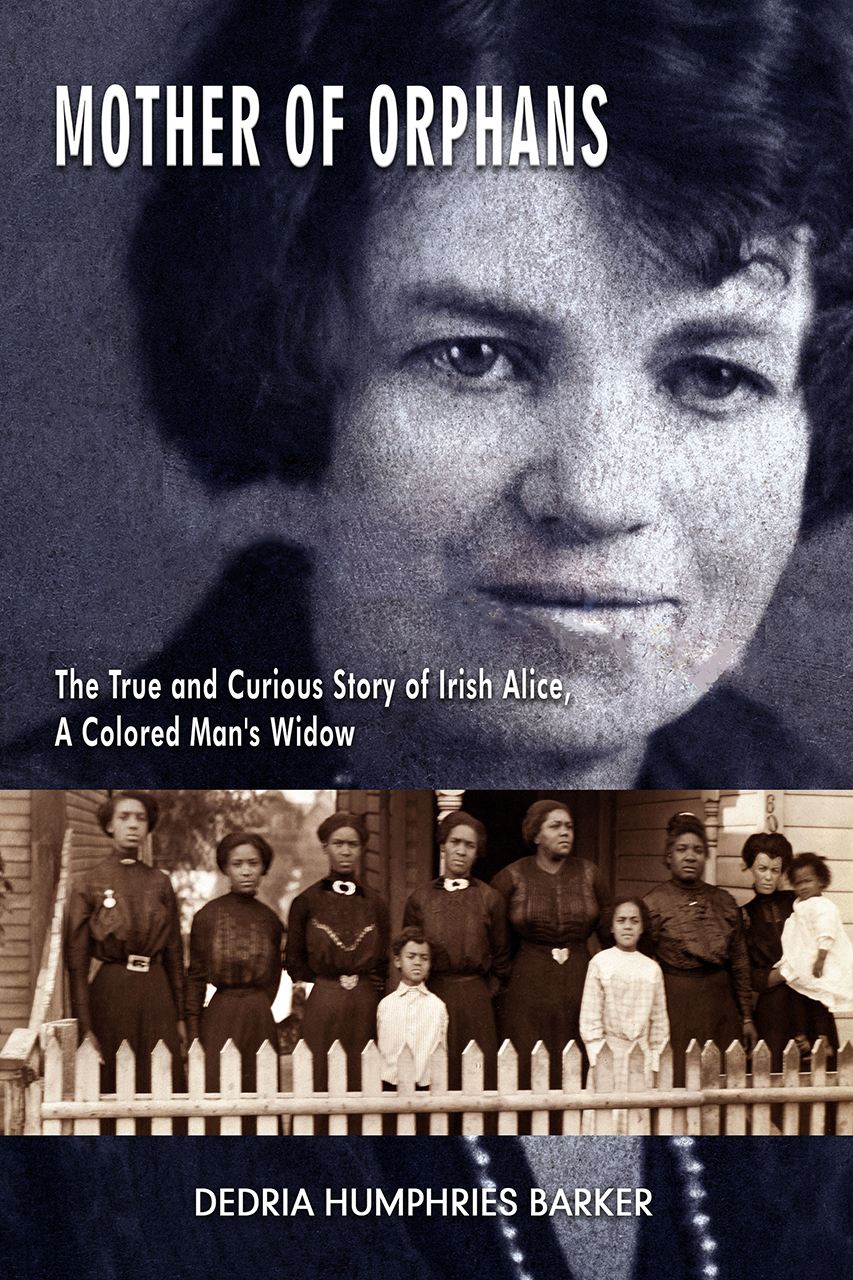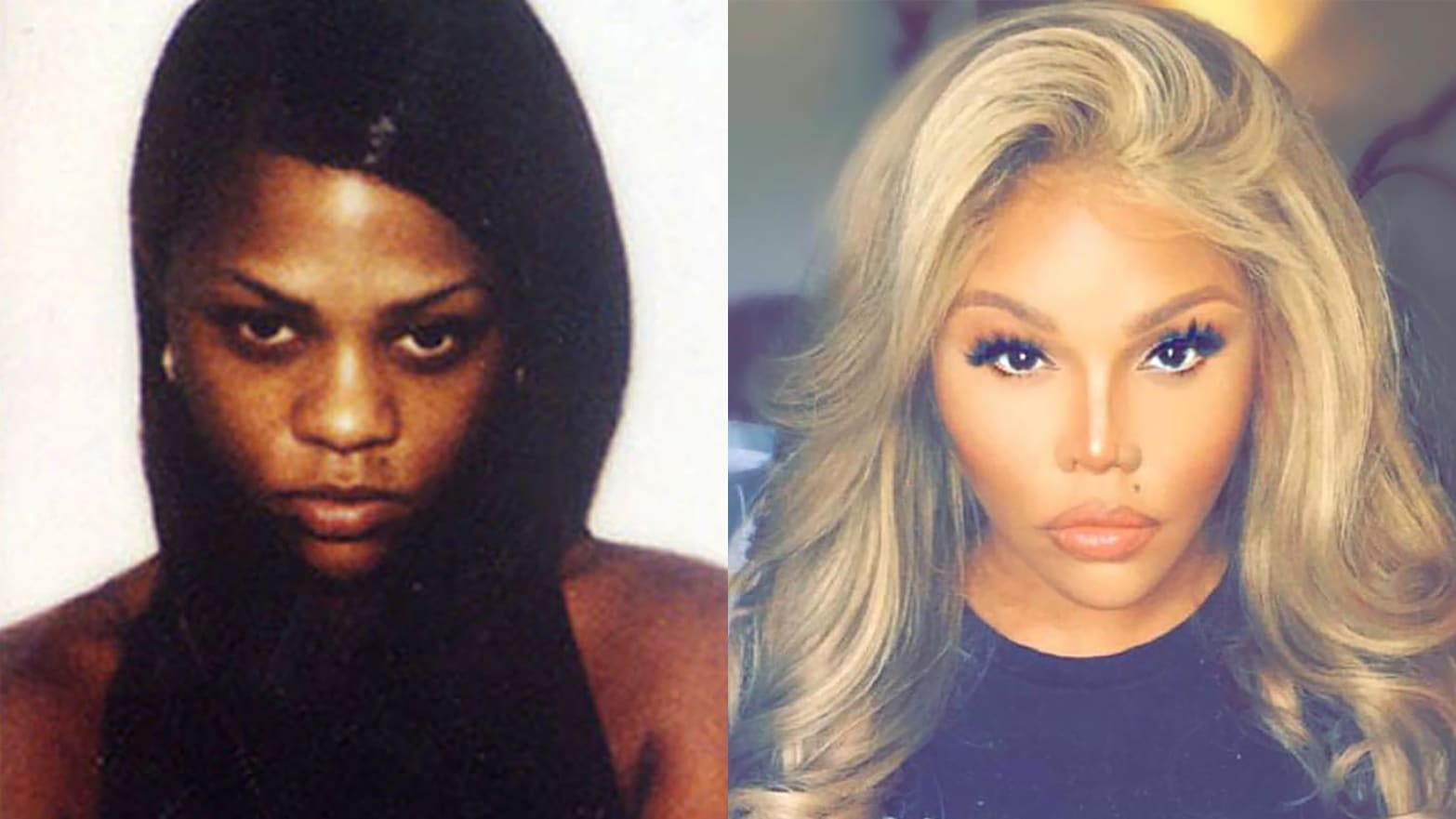Viola Desmond $10 bill wins international banknote of the year design awardPosted in Articles, Arts, Biography, Canada, History, Media Archive, Women on 2019-08-06 00:59Z by Steven |
Viola Desmond $10 bill wins international banknote of the year design award
CBC News
2019-04-30
Cassie Williams, Reporter/Editor
 In March 2018, the federal government unveiled the vertical banknote design featuring Desmond’s portrait and a map of her north-end Halifax neighbourhood. The bill went into circulation in November. (Bank of Canada) |
Canadian banknote tops designs from Switzerland, Norway, Russia, Solomon Islands
A Canadian $10 bill featuring Nova Scotia civil rights pioneer Viola Desmond has been named the best in the world.
The International Bank Note Society has announced the Desmond bill won the coveted Bank Note of the Year Award for 2018, beating out top designs from places like Switzerland, Norway, Russia and the Solomon Islands.
In March 2018, the federal government unveiled the vertical banknote design featuring Desmond’s portrait and a map of her north-end Halifax neighbourhood. The bill went into circulation in November.
Desmond played a seminal role in Canada’s civil rights movement when, on Nov. 8, 1946, she went to see a movie at the Roseland Theatre in New Glasgow, N.S., while her car was getting fixed.
Desmond, 32, was dragged out of the theatre by police and jailed for defiantly sitting in the “whites only” section of the film house. At the time, black people could only sit in the balcony.
Her ensuing legal fight against that injustice helped end segregation in Nova Scotia. In 2010, she was posthumously awarded an apology and a pardon…
Read the entire article here.










